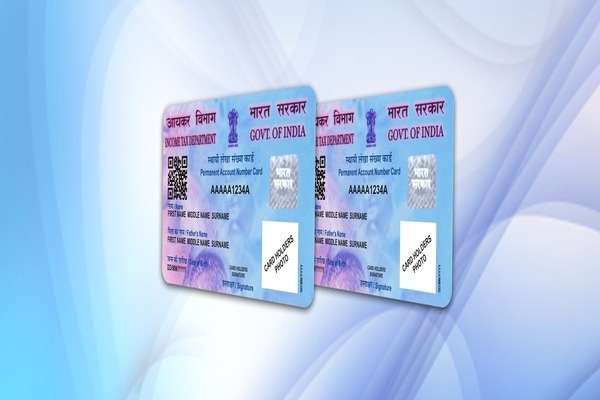India Post under the department of posts which operates the country’s postal network also offers savings and investment schemes. Currently, India Post offers nine different savings and investment schemes via a network of over 1.5 lakh branches spread across the country. These schemes are Post Office Savings Account
National Savings Certificate (VIII Issue) Account is one of the savings schemes being offered by the India Post under which the account holder can deposit a minimum of Rs 1,000 and in multiples of Rs 100 thereof with no maximum limit for a period of five years.
The NSC scheme is available at all NSC post offices and the Indian Government promotes the NSC scheme. Due to the number of post offices present in India and the easy access to these post offices, the scheme has become very popular in India.
The main aim of the scheme is for individuals to make small or medium savings, and tax benefits are provided for these savings. Since the scheme is encouraged by the Indian Government, the risks of investing in the scheme are low.
The scheme was launched mainly for individuals, therefore, non-resident Indians (NRIs) and Hindu Undivided Families (HUFs) are not eligible to opt for this scheme. Only Indian citizens will be able to invest in the NSC scheme.
NSC Eligibility The eligibility criteria for investors to purchase the NSC are mentioned below:
The individual must be an Indian citizen. There is no age limit for individuals in order to purchase a certificate. Non-resident Indians cannot invest in NSC. Investments can be made with another adult or individuals can buy an NSC on behalf of a minor. Under NSC VIII Issue, HUFs and Trusts are not eligible to invest in the scheme.
NSC Features The main features of the scheme are mentioned below:
Minimum investments: The minimum amount that a certificate can be purchased for is Rs.100. The different denominations that the certificate can be purchased for are Rs.10,000, Rs.5,000, Rs.1,000, Rs.500, and Rs.100. Initially, small investments can be made, and individuals can increase investments when feasible.Maturity tenure: 5 years and 10 years are the two maturity periods of the scheme that individuals can choose from.Rate of interest: Currently, the rate of interest is 8% and it is compounded on an annual basis. However, the interest is payable only at maturity. For example, investment of Rs.100 will get the subscriber Rs.146.93 after 5 years of investment.Nominations: Family members including minors can be added as nominees by the investor. In case the investor passes away during the tenure of the scheme, the nominee will be able to inherit the scheme.Different types of NSC: Initially, the NSC IX Issue and the NSC VIII Issue were the two types of certificates available. However, as of December 2015, the Government of India stopped the NSC IX Issue. Therefore, only the NSC VIII Issue is available.Loans against NSC: The NSC can be used as a security or collateral and can be provided to banks to avail loans. However, the respective postmaster must authorise the transfer of the certificate to the bank.Purchase of NSC: Upon submitting the required documents, the scheme can be purchased at post offices.Transfer of certificate: Transfer of NSC is possible from one post office to another. Transfer of certificate from one individual to another is also possible. However, the certificate will remain the same and the name of the new owner shall be written on the certificate and the name of the old owner will be rounded.Advantages of NSC Given below are the main advantages of investing in the NSC:
One of the main advantages of investing in the NSC is the tax benefits that individuals can avail on the investments they have made. The returns are also guaranteed under this scheme. Many individuals prefer the NSC scheme as it can provide a regular income once they retire. Except for the interest that is earned in the final year, the remaining interest that is generated is tax-free. In case individuals lose the original certificate, a duplicate certificate can be obtained. Even after the maturity period, individuals have an option to continue investing in the scheme. Transfer of the certificate is allowed from one individual to another. However, it is allowed only once during the lock-in period. The interest that is generated is compounded on a yearly basis and reinvested towards the scheme. Therefore, the invested amount of the individual increases without purchasing certificates.
Documents required to NSC
Given below are the documents that must be submitted in order to purchase an NSC:
The NSC application form must be submitted. Investors must submit an original identification proof such as Passport, Permanent Account Number (PAN) Card, Voter ID, Driving licence, Senior Citizen ID, or Government ID for verification. The investor must submit a photograph. Investors must submit an address proof such as Passport, telephone bill, electricity
Tax benefits provided by the NSC
Given below are the NSC tax benefits that individuals can avail by investing in the NSC:
Under Section 80C of the Income Tax Act, 1961, tax benefits of up to Rs.1.5 lakh can be availed by investing towards the NSC. The interest that is generated on a yearly basis by investing in the NSC is considered as a new investment for tax benefits. Tax Deducted at Source (TDS) is not applicable under the National Savings Certificate. However, as per the marginal income tax rates, the tax must be paid for the interest that is earned.












